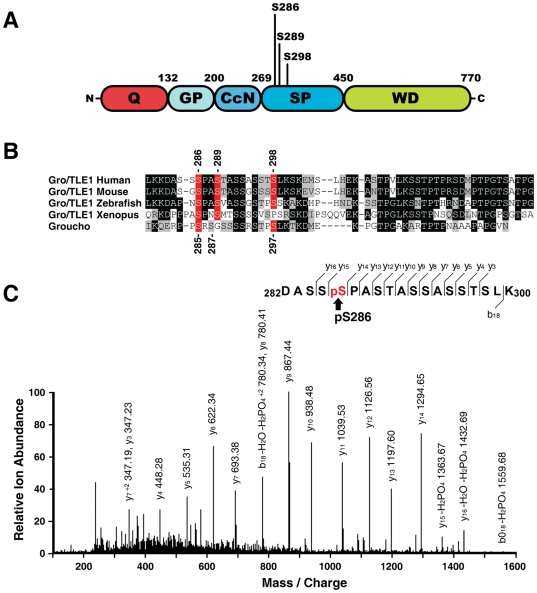Figure 1. Phosphorylation of Gro/TLE1 SP domain.
(A) Schematic representation of the Gro/TLE1 domain structure characterized by glutamine-rich (Q), glycine/proline-rich (GP), protein kinase CK2/cell cycle-dependent kinase 2/nuclear localization sequence (CcN), serine/proline-rich (SP), and WD40 repeat (WD) domains. (B) Sequence comparison of the N-terminal portion of the SP domain of human, mouse, zebrafish, and Xenopus Gro/TLE1, as well as Drosophila Gro. The location of Ser-286, Ser-289, and Ser-298 within the SP domain of Gro/TLE1 is indicated (top), as is the location of Ser-285, Ser-287, and Ser-298 of Drosophila Gro (bottom). Identical and conserved residues are highlighted in black or grey, respectively. (C) Tandem mass spectrum of the indicated phosphopetide from human Gro/TLE1; a sufficient number of Yn ions (C-terminus-derived fragment ions) were detected to assign the phosphorylation site to Ser-286.

